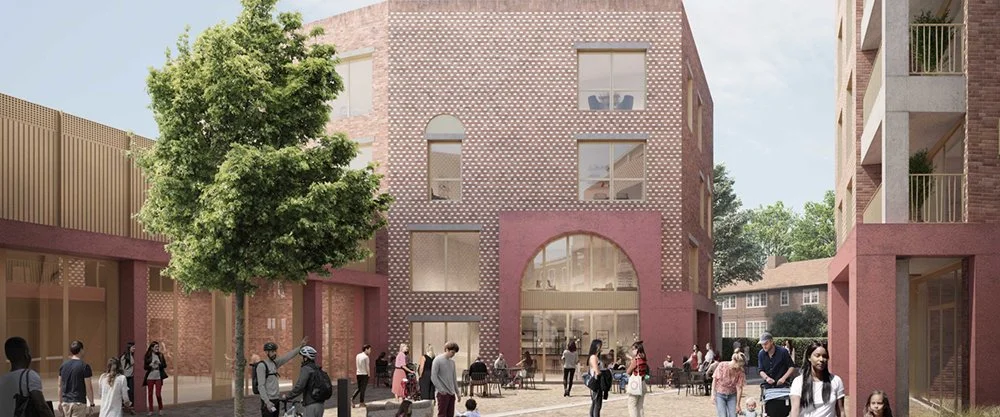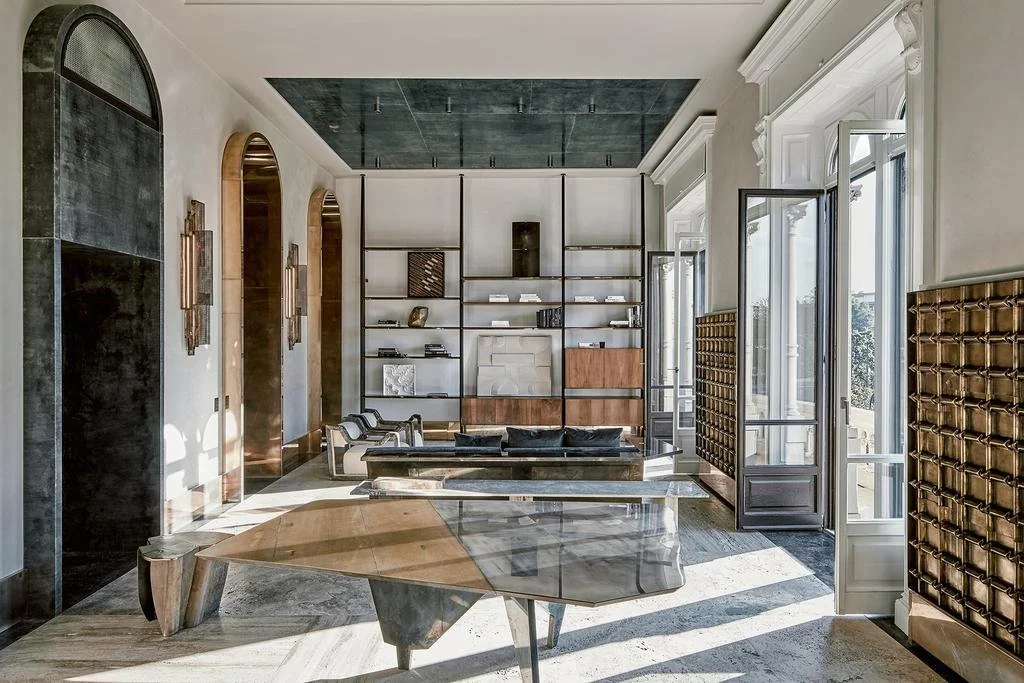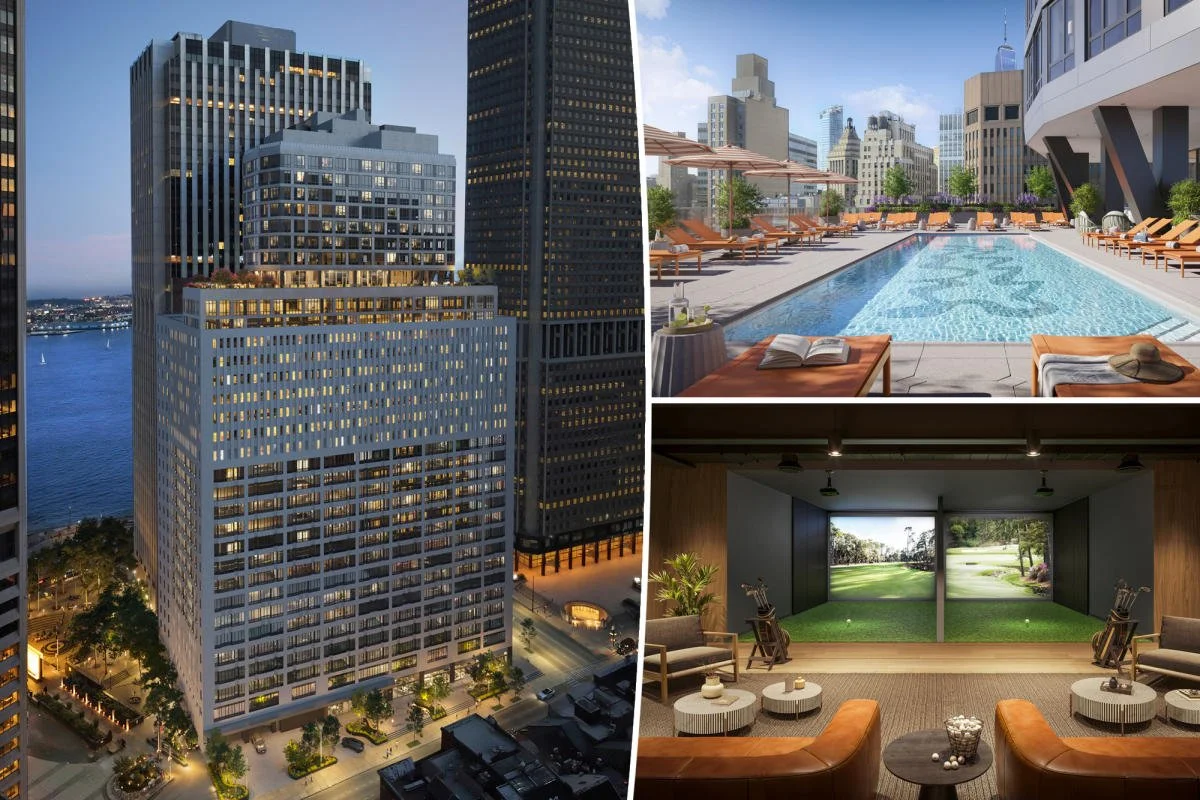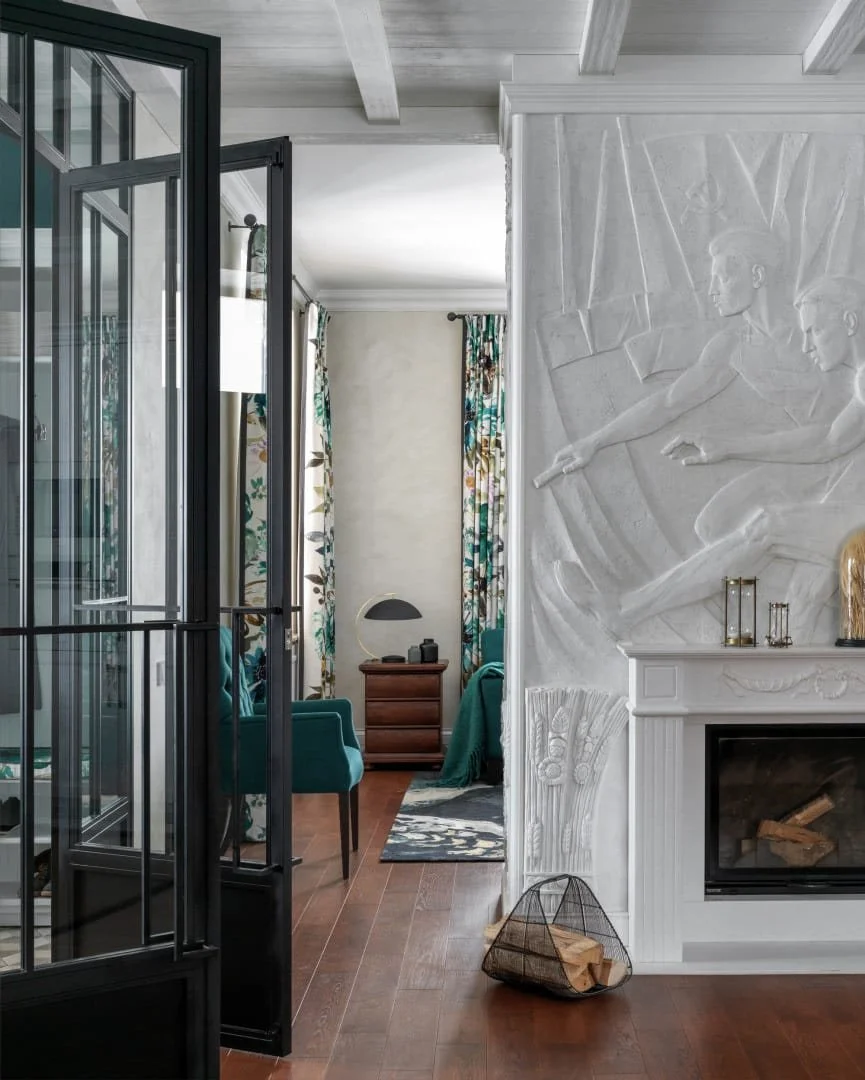Innovative Architectural Designs: Merging Tradition with Modernity
The architectural world is witnessing a dynamic fusion of historical reverence and contemporary innovation. Recent projects exemplify this blend, showcasing designs that honor tradition while embracing modern needs.
1. Highgate Newtown Community Centre, London
In North London, the Highgate Newtown Community Centre stands as a testament to human-centric design. Architectural firm RCKa revitalized an ex-Territorial Army drill hall, integrating multifunctional community spaces with residential housing. The center offers sports facilities, a catering school, and affordable services like laundry and hairdressing, all thoughtfully connected to foster community cohesion.
2. Vincenzo De Cotiis' Milanese Masterpiece
Architect and designer Vincenzo De Cotiis has transformed a centuries-old Baroque building in Milan into a contemporary urban residence. By preserving the building's historic charm and incorporating materials such as travertine, bronze, and recycled elements, De Cotiis created a space that harmoniously blends the past with the present.
3. Brooklyn's Passive House School
In Brooklyn, New York, a new public primary and high school exemplifies sustainable and resilient design. Designed by Architecture Research Office (ARO) and Alloy, the building features superinsulation, airtight construction, and heat recovery ventilation, resulting in reduced energy consumption and enhanced durability.
4. SoMA: New York's Office-to-Residential Conversion
New York City is witnessing significant adaptive reuse projects, such as the transformation of a former JPMorgan Chase building into SoMA, the largest office-to-residential conversion in the U.S. This development will offer 1,320 apartment units, reflecting a growing trend of repurposing office spaces to meet residential needs.
5. Revival of Bas-Relief Art in Interiors
Bas-relief, the art of sculpting raised surfaces, is experiencing a resurgence in modern interior design. Contemporary designers are incorporating this technique using materials like ceramic, wood, and metal to add depth and texture to spaces, blending mid-century inspirations with sustainable practices.
These projects highlight a global movement in architecture that respects historical contexts while innovating for contemporary and future needs. The fusion of traditional elements with modern design principles results in spaces that are both functional and rich in cultural significance.











